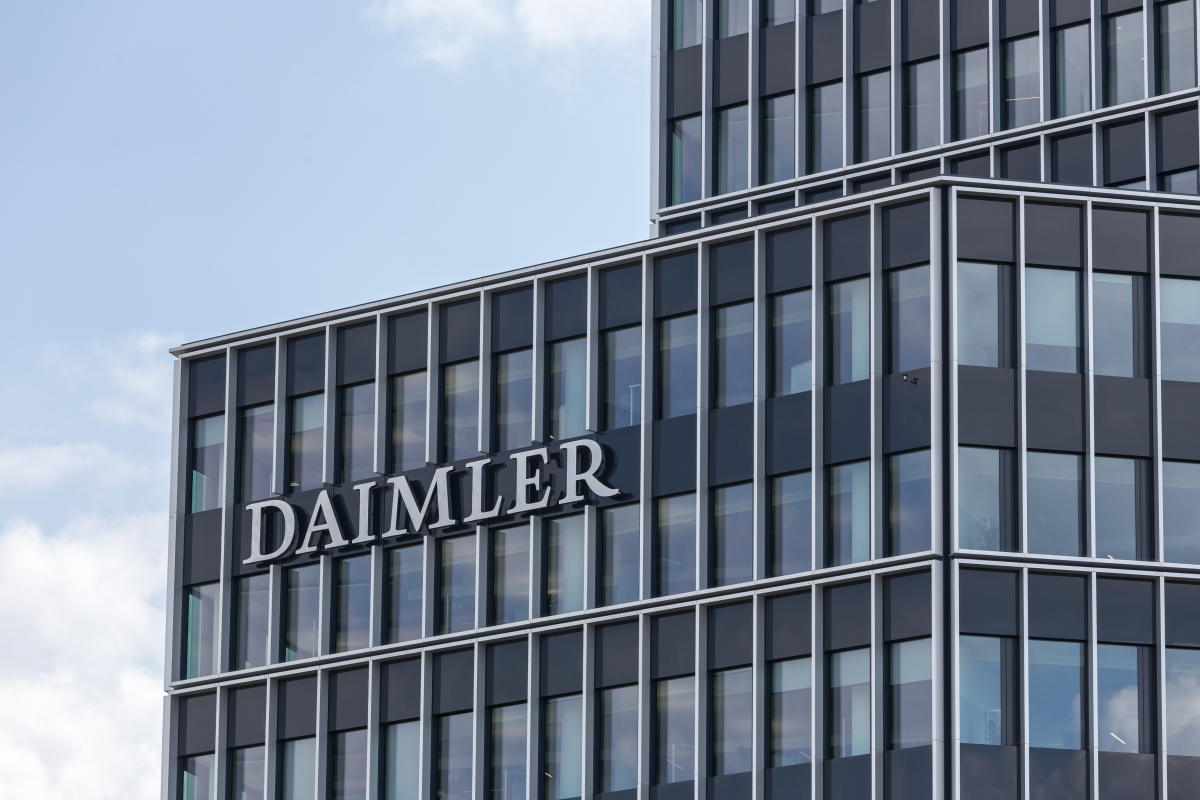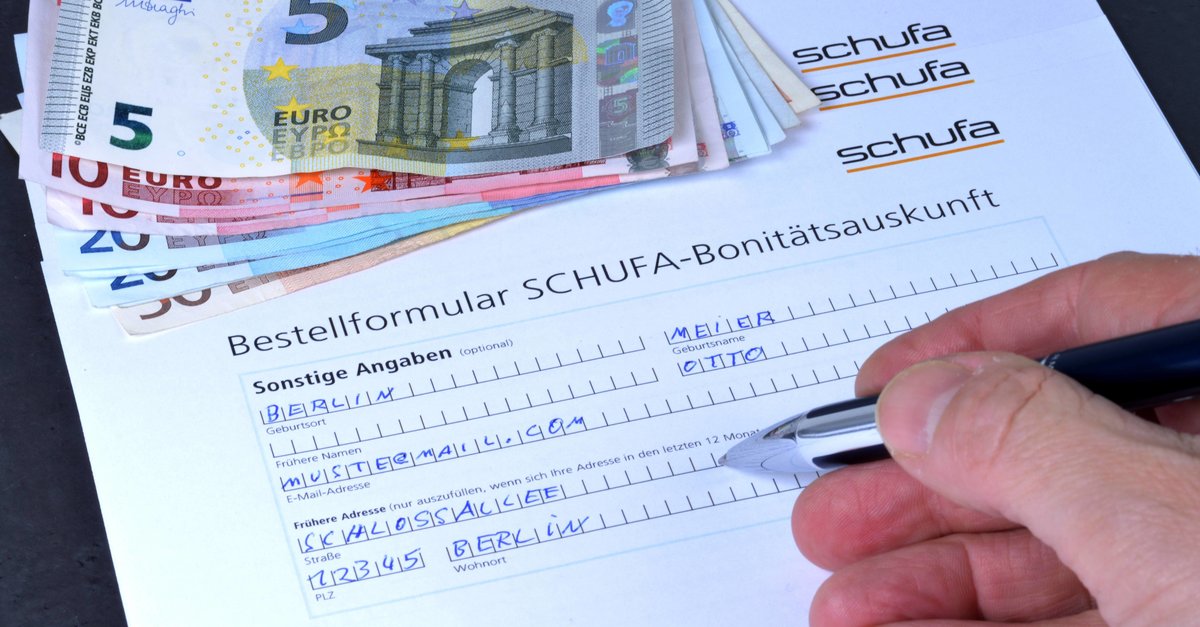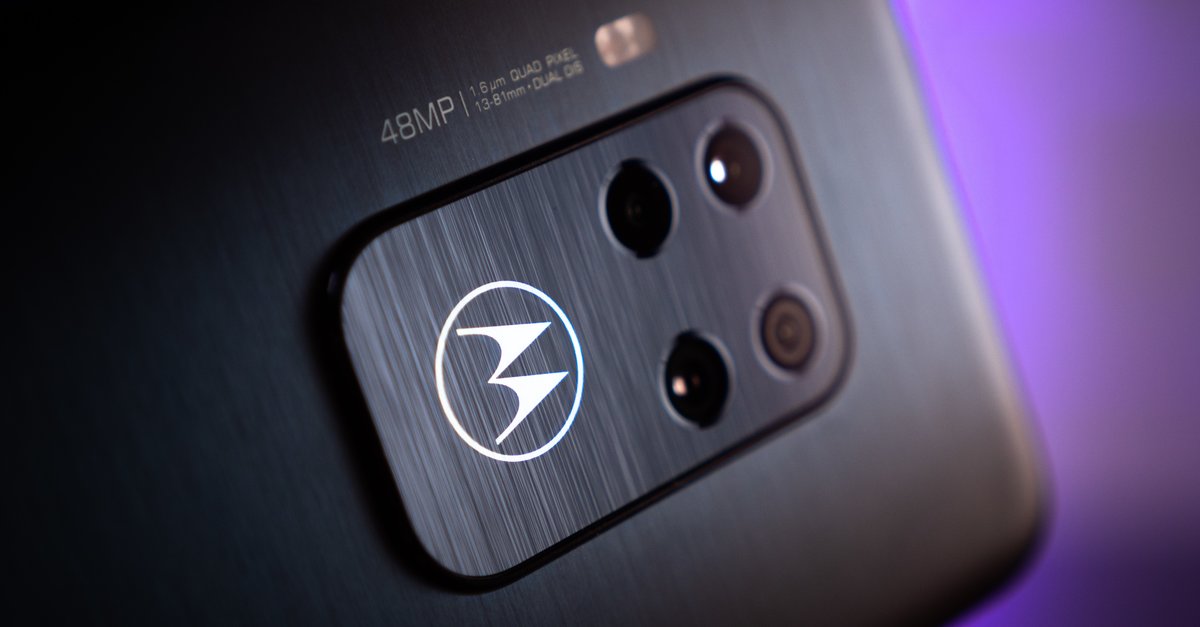Daimler invests in European cell manufacturers from Stellantis and Total
Another change in strategy would cost Daimler a lot of money. (Photo: Tobias Arhelger / shutterstock)
In cooperation with Stellantis and the French oil multinational Total, Dailmer joins the ACC cell production project. This should cover part of the demand with the help of 7 billion euros.
“Together with ACC we will develop battery cells and modules in Europe and produce them efficiently – tailored to the specific requirements of Mercedes-Benz,” announced Daimler boss Olaf Källenius. It is therefore clear with whose help he wants to meet the demand for 200 gigawatts of cell capacity by 2030: Automotive Cells Company (ACC). The great demand comes from the plans of the Stuttgart company to offer only electric vehicles by 2030.
As part of this strategy, Källenius announced that he would be producing his own cells with partners. Previously, against the will of the works council, he had put the Group’s own cell production on hold and instead bought components from third-party manufacturers such as CATL and Farasis. This led to the entry into the Chinese paver Farasis, which had recently hit the headlines. Now it becomes clear who is at least one of the new manufacturing partners: ACC. The company, founded by the automotive giant Stellantis (Fiat, Peugeot, Opel, etc.) aims to produce around 120 gigawatt hours of cell capacity by the end of the decade. So far, the company has been expanding factories in Douvrin and Kaiserslautern – now it is announcing a doubling of capacities. How much of it goes to Daimler was not known. The EU has been supporting the project since 2018 in order to keep up with the global race for battery capacity.
Daimler is investing a three-digit million amount in ACC in order to obtain a one-third stake. The exact price remains anonymous. It’s under a billion, writes Daimler. In return, the group will receive two of the six seats on the supervisory board, two each for Stellantis and Total. Daimler emphasizes that the alliance with the “European battery champion” (press release) has no effect on the contracts with Farasis and CATL. It is used to develop a “Mercedes cell”. Literally: “The aim of the partnership is the joint development of cells and battery modules that meet the high demands on energy density, charging capacity and performance of Mercedes-Benz.” It is therefore clear that Mercedes wants different components than those manufactured for Stellantis will. This balancing act is the challenge for the French cell manufacturer write professionals.



